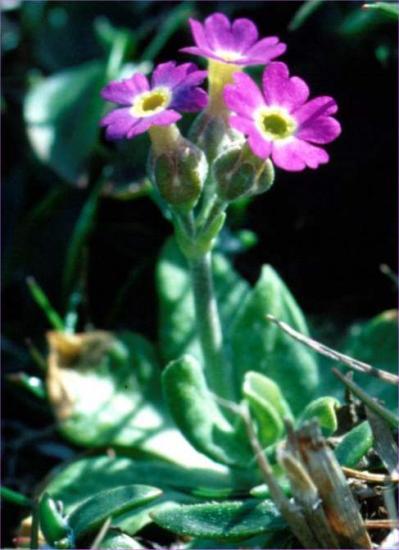SNH Natural Knowhow Delivers Fun Facts
11th March 2013

Scottish Natural Heritage (SNH) is stockpiling a long list of odd and fascinating facts about nature and then sharing them through social media.
The idea is part of the 2013 Year of Natural Scotland celebrations The facts include the oldest tree in Scotland, the mammal that eats 3000 midges a night, the plant only found in Scotland, and evidence of the largest meteor to hit Britain.
The facts are being revealed in daily tweets from SNH on Twitter and on the organisation's Facebook page.
Scottish Natural Heritage's Head of Science, Ian Bainbridge, said:"Our experts on birds, mammals, insects, marine life, geology and more have contributed to our fascinating fact lists, so there's something for everyone to learn. These fun facts really show off how wonderful and unique Scotland's nature is - and in the Year of Natural Scotland, it's the ideal time for people to discover what nature has to offer.
Scotland's rich birdlife, in particular, is often easily viewed in city and towns, whether it's the incredible mass flocking of starlings at Gretna in the winter months or watching a dipper submerge itself in the Water of Leith in search of food to eat.
And for those who enjoy looking for clues to our past, Scotland's landscape contains evidence of great events ranging from meteor strikes to the mile-thick ice cover of glacial age.
Among the gems of natural knowhow provided by SNH staff are:
The Fortingall yew in Perthshire is one of the oldest living trees in Europe, estimated at between 2000 and 5000 years old.
A single pipistrelle bat may consume over 3000 midges in a night (but it still isn't enough!).
The Scottish Primrose (Primulascotica) is found nowhere in the world other than the north coast of Scotland and Orkney.
The volume of water in Loch Ness is greater than the volume contained in all the lakes in England and Wales combined.
A brightly coloured rock layer in the Northwest Highlands known as the StacFadaMember, provides evidence of the largest meteorite to hit the British Isles, 1.2 billion years ago.
Spoonbills nested successfully for the very first time in Scotland near Kirkcudbright in 2008. Strangely, for a large white bird, this was only discovered when fledged young were seen being fed by their parents in Kirkcudbright Bay.
In medieval times Tentsmuir was a wild area, said to be roaming with diaboli, ursesetbosprimiginius (devils, bears and wild oxen), and lawless ship-wrecked sailors and vagabonds robbed people who walked through the area. These people were usually pilgrims on their travels to St Andrews.
The Corryvreckan Whirlpool between the islands of Jura and Scarba is the third largest whirlpool in the world, with current speeds of up to 8.5 knots and wave heights of up to 9m.
Scottish Natural Heritage manages national nature reserves throughout Scotland and holds a number of events throughout the year.
For the Year of Natural Scotland there are a number of events planned, as well as festivities to mark the first ever John Muir Day on April 21. For more information, see www.snh.gov.uk/natural
Scottish Natural Heritage is the government's adviser on all aspects of nature and landscape across Scotland. Our role is to help everyone understand, value and enjoy Scotland's nature now and in the future. For more information, visit our website at www.snh.gov.uk. SNH media is also now on Twitter at twitter.com/SNHMedia.
PHOTO
Primula Scotica - Photographer Ken Butler



